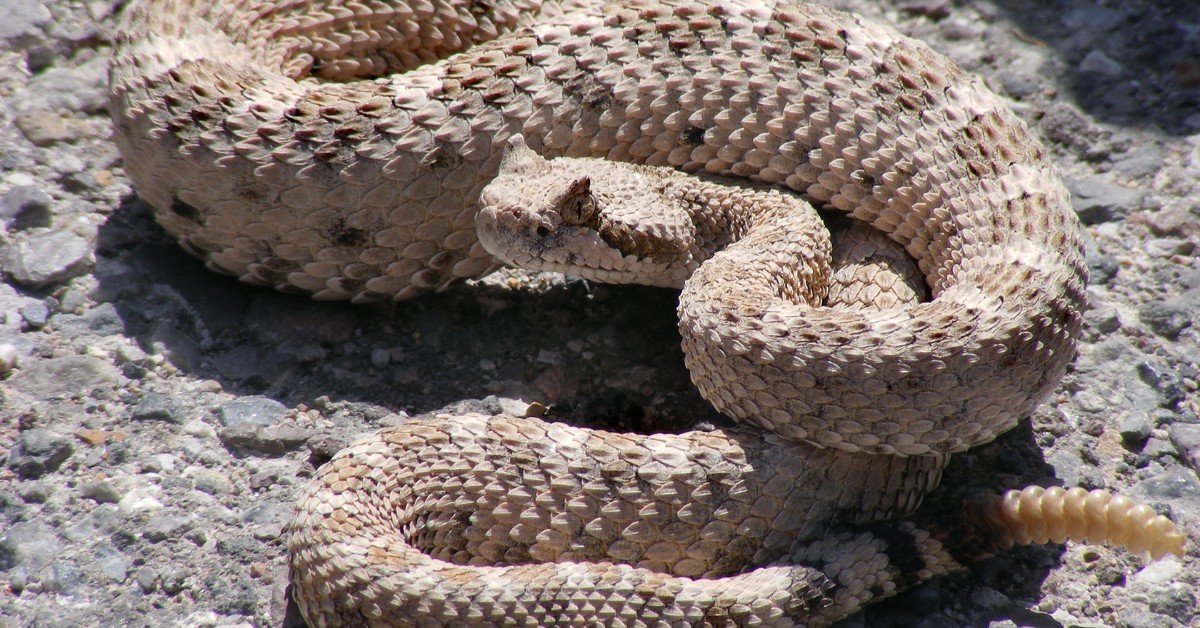Rattlesnake Symbolism: Revealing its Meaning And Significance
Did you know that the rattlesnake has been an influential symbol across diverse cultures for centuries, speaking for not only danger but also pliability and change? We will explore the many sided meanings of rattlesnake symbolism, from their substantial roles in Native American folklore to their modern elucidation in popular culture.
Understanding these symbols can deepen our appreciation for the rich fabric of human beliefs and offer intuition into our own lives. Join us as we untangle the layers of rattlesnake symbolism and discover its pertinence in today’s world.
Rattlesnake Symbolism Origins
Rattlesnake symbolism tracks down its roots deep into the cultural and spiritual practices of native peoples across North America. Revered for their intimidating presence, rattlesnakes are often seen as powerful symbols of modification and renewal.
Their ability to hut skin not only signifies physical change but also spiritual rebirth, making them powerful messengers of resilience and adaptation. In many tribes, the rattlesnake personifies the duality of life and death, warning of danger while at the same time representing healing through its venom — an interesting comparison that fascinates the human imagination.

The rattlesnake has also found a place in modern symbolism, usually within the context of independence and self-reliance. The iconic Gadsden flag, featuring a coiled rattlesnake alongside the phrase “Don’t Tread on Me,” emerged during the American Revolution as a bold declaration of sovereignty.
This coalescence of ancient wisdom and modern values explains how the rattlesnake continues to inspire courage and surveillance in facing challenges. By embracing both its ferocious protective nature and its role as a harbinger of change, the rattlesnake invites us to mirror on our own journeys of growth, urging us to confront fears and embrace change as we journey the intricacies of life.
Rattlesnake Symbolism In Western Cultures
In Western cultures, the rattlesnake serves as a powerful symbol of transformation and resilience. Often associated with the harsh yet beautiful landscapes of the American West, this creature personifies the duality of danger and wisdom. Its distinctive rattle not only warns likely threats but also represents the call to awareness — reminding us to journey life’s challenges with both caution and courage.
This dualism is mirrored in the rattlesnake’s role in various folklore and literature, where it is typically depicted as a guardian of sacred knowledge, urging individuals to confront their fears and come out stronger.
The rattlesnake has become a symbol of independence and survival, particularly in the context of American history. The famous “Don’t Tread on Me” flag, featuring a coiled rattlesnake, emerged during the Revolutionary War as a symbol of resistance against oppression.
This imagery invokes a spirit of resistance and self-determination, echoing deeply within the national psyche. As such, the rattlesnake goes beyond its biological identity; it evolves into a metaphor for personal empowerment and the importance of standing one’s ground in the face of misfortune. In regards to rattlesnake symbolism, we are invited to reflect on our own journeys of growth and the courage it takes to embrace change.
Rattlesnake Symbolism: Power And Protection
The rattlesnake, with its distinguishing rattle and striking appearance, has long been admired as a potent symbol of power and protection across many diverse cultures. In Native American traditions, this creature personifies resilience and transformation, just like the dead owl, representing the ability to shed old skin and emerge renewed. This cycle of regeneration echoes deeply with the human experience, reminding us that true strength lies not just in survival, but in our capacity to evolve and adapt in the face of adversity.

The rattlesnake’s warning rattle serves as a metaphor for the protective barriers we build in our lives. It signals not only a defense mechanism but also an invitation to respect boundaries — both our own and those of others.
This duality increases its symbolism; the rattlesnake teaches us that power is not purely about supremacy but also about the wisdom to coexist peacefully. By embodying both ferocity and caution, the rattlesnake challenges us to embrace our inner strength while remaining vigilant stewards of our environment and relationships.
Rattlesnake Symbolism In Modern Times
Rattlesnake symbolism in modern times cuts across its historical associations with danger and fear, evolving into a powerful symbol of transformation and resilience. In many cultures, the rattlesnake represents the dismissing of old skin, a metaphor for personal growth and renewal.
This process of transfiguration resonates deeply with individuals journeying life’s challenges, serving as a reminder that embracing change can lead to newfound strength and clarity. For those facing adversity, the rattlesnake becomes a symbol of empowerment, urging them to confront their fears and emerge stronger.

The rattlesnake’s unique warning mechanism — the iconic rattle — encourages consciousness and respect for boundaries. In an era characterized by rapid change and social upheaval, this aspect of rattlesnake symbolism invites us to listen more closely to our instincts and the signals around us.
It encourages a balance between confidence and caution, reminding us that sometimes the greatest wisdom lies in knowing when to stand our ground and when to retreat. As we navigate the complexities of modern life, embracing the rattlesnake’s lessons can inspire a deeper understanding of ourselves and the world around us, transforming fear into a catalyst for growth.
Conclusion
The rattlesnake serves as a powerful symbol across various cultures, embodying themes of transformation, resilience, and the delicate balance between danger and protection. Its presence in folklore and mythology highlights humanity’s ongoing fascination with nature’s mysteries and the lessons they impart.
As we navigate the complexities of modern life, understanding the rattlesnake’s symbolism can inspire us to embrace change and confront our fears with courage. Recognizing its significance in contemporary contexts encourages a deeper appreciation for the interconnectedness of all living beings. Let us take these insights to heart and reflect on how we can incorporate the rattlesnake’s wisdom into our own lives.
FAQs
What Does the Rattlesnake Symbolize?
The rattlesnake is a powerful symbol with diverse meanings across different cultures. In Native American traditions, it often represents transformation and healing due to its ability to shed its skin.
This process symbolizes renewal and rebirth, encouraging individuals to embrace change and personal growth. The rattlesnake’s rattle serves as a warning, embodying the idea of self-protection and the importance of setting boundaries.
What is the Metaphor of the Rattlesnake?
The metaphor of the rattlesnake often represents caution, danger, and the need for awareness in the face of potential threats. Just as a rattlesnake warns its prey with a distinct rattle before striking, this metaphor serves as a reminder to be vigilant and attentive to warning signs in our lives. It highlights the importance of recognizing situations or individuals that may pose risks, urging us to approach them with care and respect.







